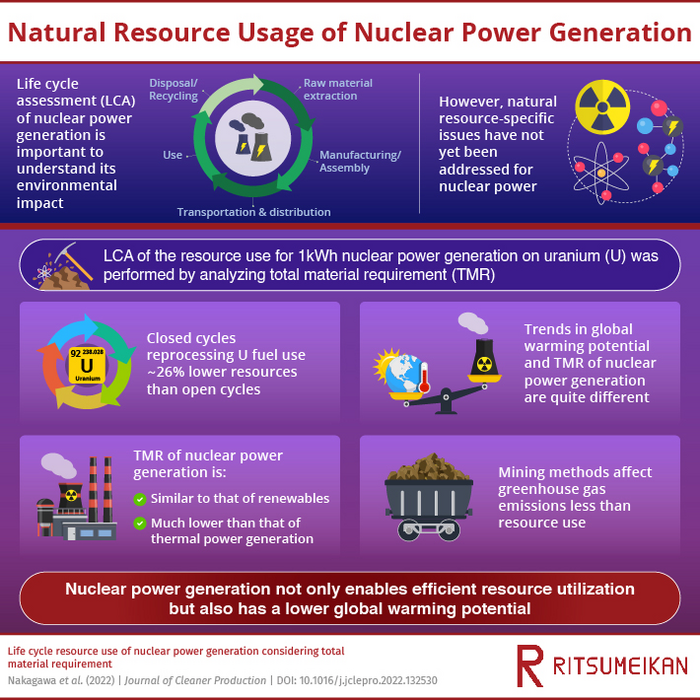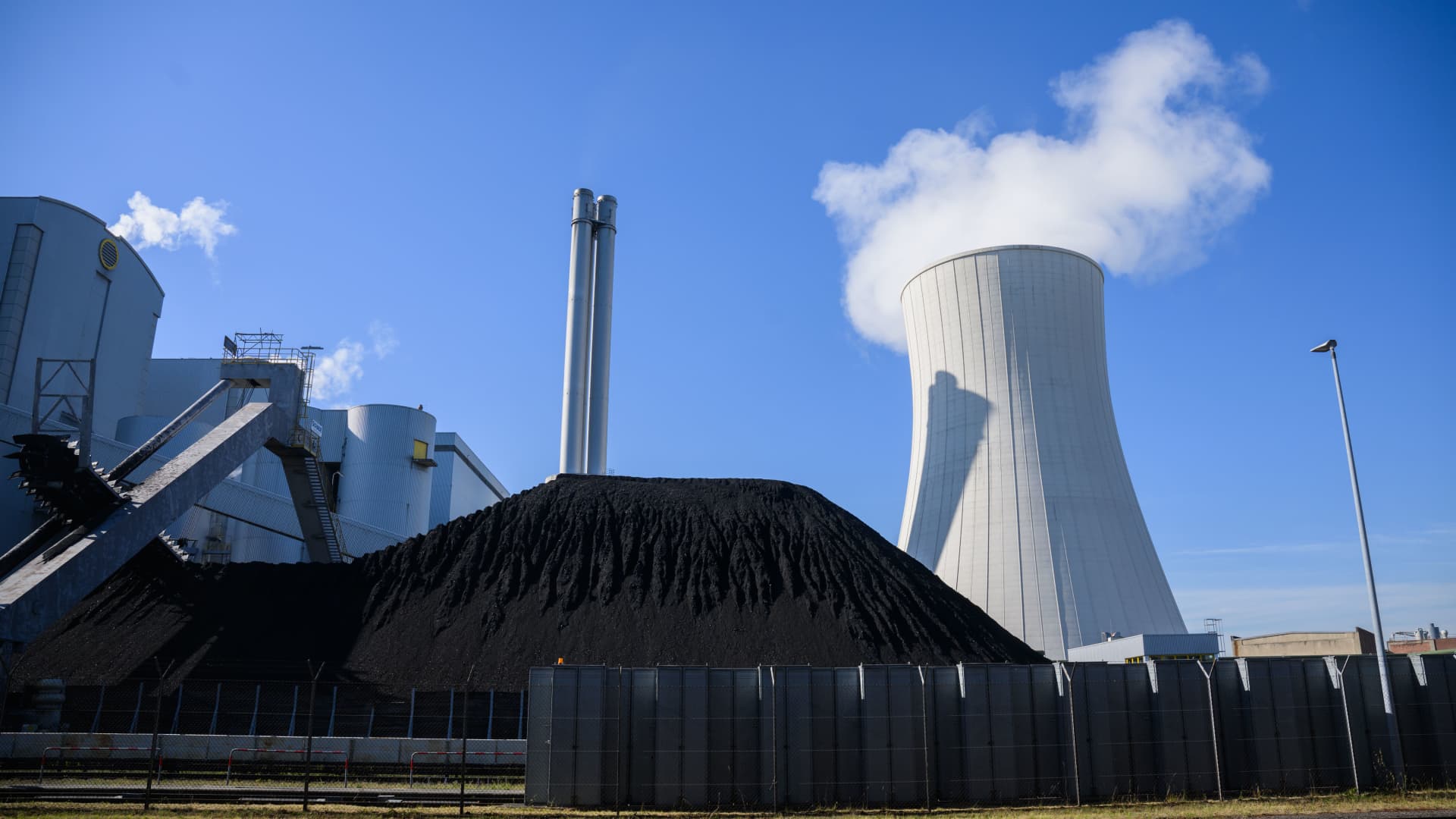Tritium Completes US EV Charger Factory In Record Time

Tritium, the Australian manufacturer of DC fast charging equipment, held a press conference with President Biden last February to announce the start of construction for a new factory in Tennessee. On August 23, it announced the opening of that factory, which will have 6 production lines and employ 500 people. The facility will be able to manufacture up to 30,000 DC fast chargers a year when it reaches full production.
In a press release, Tritium says the first products made in Tennessee will be the company’s highly acclaimed RTM fast chargers. It will begin manufacturing its PKM150 DC fast chargers early next year. The company’s fast chargers are compatible with all EVs. They are compact, reliable, and cost effective, and are expected to meet the requirements of the Inflation Reduction Act. That will make them eligible for the tax credits and incentives included in that legislation and make them ideal candidate for funding by the National Electric Vehicle Infrastructure program.
“The opening of our Tennessee factory is an important milestone for Tritium, for Tennessee and most importantly, for American drivers. As many as 35 million electric vehicles are expected to be in use by 2030 and those vehicles will require more powerful and convenient charging infrastructure,” said Tritium CEO Jane Hunter. “It’s crucial that America’s charging infrastructure is built right here in the US. Americans will rely on it to get to work, to school, to doctor’s appointments, and more. It needs to be reliable, and it needs to be able to grow to meet their needs. And when we make chargers here in the US, we reduce supply chain and shipping delays, and we help build the manufacturing ecosystem that will employ more Americans.”
Last week at the Electric Vehicle Summit in Australia, Hunter urged the Australian government to heed the lessons of the new US policies that make it “incredibly attractive to business to build onshore,” policies she says will draw in other related industries such as car and battery manufacturers. “Australia has got to take some big steps in legislation” to attract those industries as well, she said.
The Tritium PKM150 chargers have a microgrid feature that allows as many as four of them up to be connected to one power cabinet, which saves money on equipment, installation, and maintenance. The PKM line of chargers are created with swappable modules, which make future upgrades and maintenance simple and affordable. This flexibility gives customers the ability to choose between 100 kW or 150 kW of dual cable charging station power depending on their business needs.
“I’ve worked in manufacturing for more than 30 years and I can truly say that this new facility is world-class. Like our products, we’ve designed our manufacturing process to be modular and scalable. This design allowed us to bring the Tennessee factory online in five months, which is one of the fastest setup times I’ve experienced in my career,” said Tritium Chief Operating Officer Glen Casey. “Our Tennessee staff are exceptionally well trained and experienced, and I look forward to continuing to work with them to build the fast charger infrastructure required to electrify global transportation.”
Tritium is also a leader in “plug and charge” technology, which eliminates much of the hassle and inconvenience of charging away from home. All a driver with an account needs to do is plug in. The charger instantly recognizes the vehicle and completes all payment details seamlessly in the background. Tesla owners who use the Supercharger network know how simple and convenient “plug and charge” can be.
The Takeaway
The race is on to build electric vehicles in all shapes and sizes. New battery technologies are being announced almost daily. New models are coming to showrooms every month. The pace of innovation is getting faster. The DC fast chargers needed to power all those electric vehicles on their journeys are evolving as well.
One of the most frequent complaints people have about fast chargers are that they are often broken or don’t work. Tritium can help address those problems with its modular designs that make repairs and maintenance simple and inexpensive. With the Inflation Reduction Act now in place, expect a surge in new electric vehicle sales and the infrastructure needed to make them attractive to customers. The EV revolution we have been hoping for is now well underway.
Appreciate CleanTechnica’s originality and cleantech news coverage? Consider becoming a CleanTechnica Member, Supporter, Technician, or Ambassador — or a patron on Patreon.
Don’t want to miss a cleantech story? Sign up for daily news updates from CleanTechnica on email. Or follow us on Google News!
Have a tip for CleanTechnica, want to advertise, or want to suggest a guest for our CleanTech Talk podcast? Contact us here.
Advertisement
This post has been syndicated from a third-party source. View the original article here.




